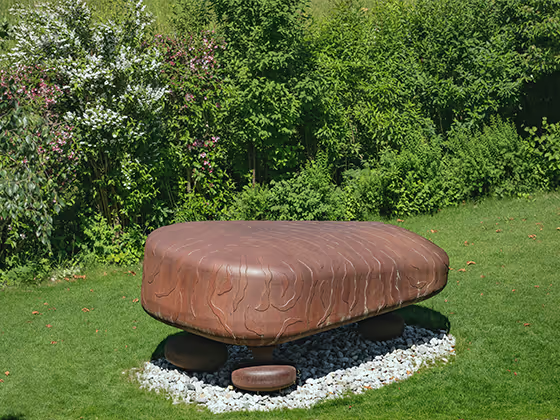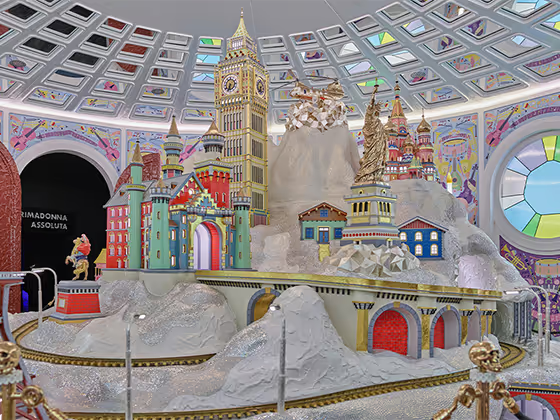Blue Hall


Welcome to the first Chamber of Wonder!
You enter the Giant’s subterranean world via the Blue Hall, the first Chamber of Wonder at Swarovski Kristallwelten. The walls of this cavernous space are painted International Klein Blue, a color developed by artist Yves Klein.
In the Blue Hall, guests get their first glimpse into the fascinating world of crystals and can see masterpieces such as The Persistence of Memory by Salvador Dalí, Niki de Saint Phalle’s Crystal-Bearing Nana, and Gems by Andy Warhol. The focal point in this space is the Centenar, the largest hand-cut crystal in the world with 100 facets.
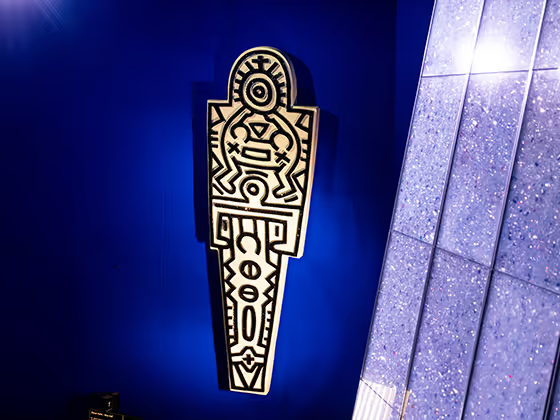

Keith Haring was born in Reading, Pennsylvania, USA in 1958 and was one of the most recognizable names in Pop Art. After studying at the School of Visual Arts in New York, he started working as a freelance artist and developed an imaginative graffiti-inspired style that quickly earned him international recognition.
He painted the Berlin Wall at Checkpoint Charlie, created body paintings for Grace Jones, and designed road markings in Tokyo.
In the late 1980s, Keith Haring contracted AIDS. Following his diagnosis, he began using his own visual language to portray the social impact of the disease. He died in 1990 in New York.
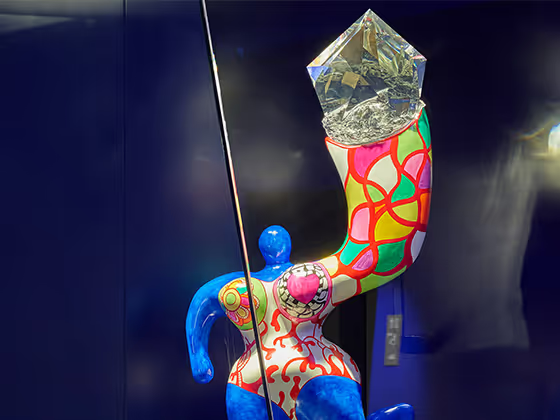

The “Crystal-Bearing Nana” by Niki de Saint Phalle embodies a self-confident, happy woman who raises her arm in a defiant gesture. A brightly shimmering, uncut crystal appears to be growing out of her hand. Originally, the object was a vase before the crystal was situated on top of it. It is not a coincidence that the shape of the Nana and her posture are reminiscent of the Statue of Liberty, as the self-confident and liberated woman is at the center of Niki de Saint Phalle’s work.
She is the model of all of the richly colored female figures, known as “Nanas”, of the famous French artist, who attempted to liberate herself through her work from the trauma of the abuse she experienced from her father. Like Yves Klein, Niki de Saint Phalle was a member of the Nouveau Réalisme movement.
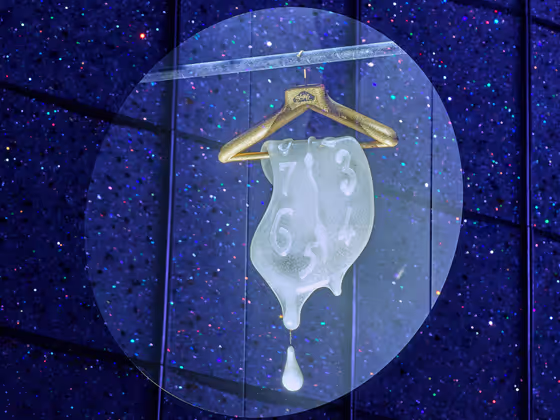

The Persistence of Memory (as a painting, it is primarily known as “The Melting Watches) is one of the most famous motifs of the Spanish surrealist Salvador Dalí. On one hand, the “soft”, melting clock symbolizes the inability of humans to hold on to time (and their lifetime) and on the other, it is an allusion to how the timepiece that determines everything around it suddenly loses its dictatorial power through its dissolution.
A three-dimensional interpretation of this work of art can be seen in the Blue Hall. This version of the work was originally crafted for a jeweler in New York. The drop at the bottom of the clock was made of wax.
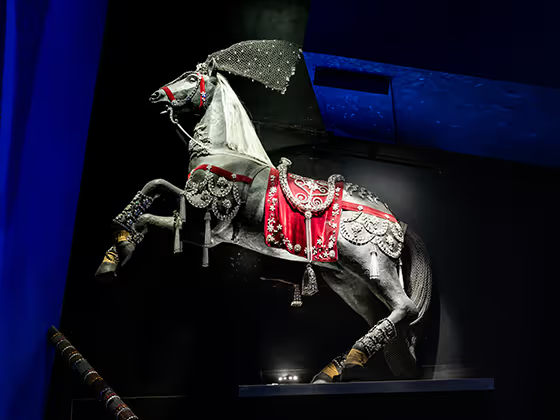

The black stallion goes back to the story of “Chetak,” an Indian warhorse that – due to his swiftness and his instincts – saved the life of Maharana Pratap Singh during a battle in 1576. Since then, the story has been told and retold in India, and the animal has been revered for its faithfulness. To commemorate the ninth birthday of his son, the current Maharajah of Jaipur had a magnificent bridle made of rubies, emeralds, and diamonds fashioned for his favorite horse. It is still shown to the people of Jaipur once a year.
The Daniel Swarovski Paris haute couture line was granted the exclusive rights to create a replica of this horse jewelry using Swarovski crystals. The Parisian designer Philippe Ferrandis was primarily responsible for this artistic creation.
.avif)
.avif)


Swarovski Kristallwelten is home to several of Andy Warhol’s Gems. The pop artist dedicated part of his creative work to serial reproduction. Warhol was fascinated by the idea of copying and a consistent sequence, first drawing images by hand and then reproducing them.
He applied this technique to his gemstone-inspired Gems. They are part of his “iconography of everyday life” along with the numerous legendary portraits of Elvis Presley and Marilyn Monroe. The artist embellished the original work with black diamond dust to create the piece on display here.


.avif)

.avif)
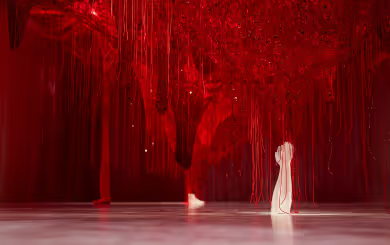
.jpg)

